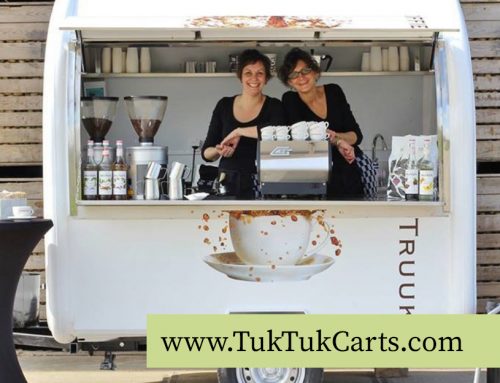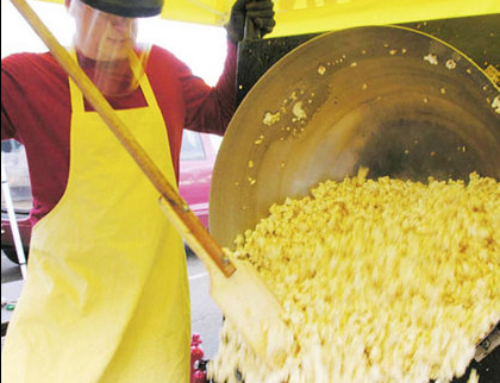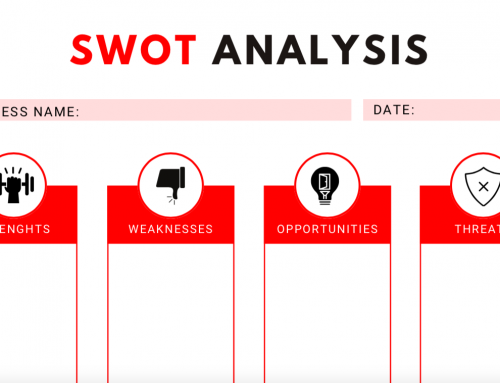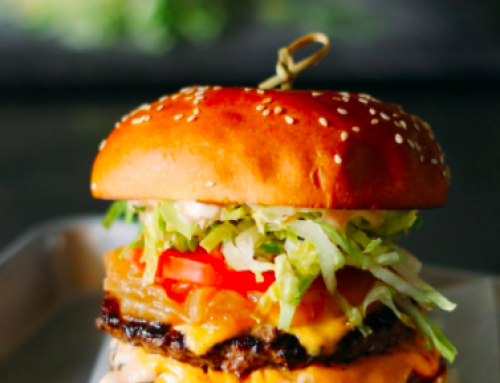Podcast: Play in new window | Download | Embed
Subscribe: RSS
Our goal with this episode is to help you identify which frozen desserts and ice creams could become the next megatrend that you start seeing on Instagram or long lines forming outside retail shops.
And I promise you’re going to learn about some up-and-coming dessert options, along with key insights and industry statistics you’ve never heard of before.
We are not talking about frozen yogurt with special toppings here. We are digging into unique trends that are only beginning to make their way to the United States from East to West and from outside the country inside. Click on the link below to navigate to content direct. This episode is brought to you by our friends at the payroll management company Gusto.
Frozen Dessert Industry Statistics
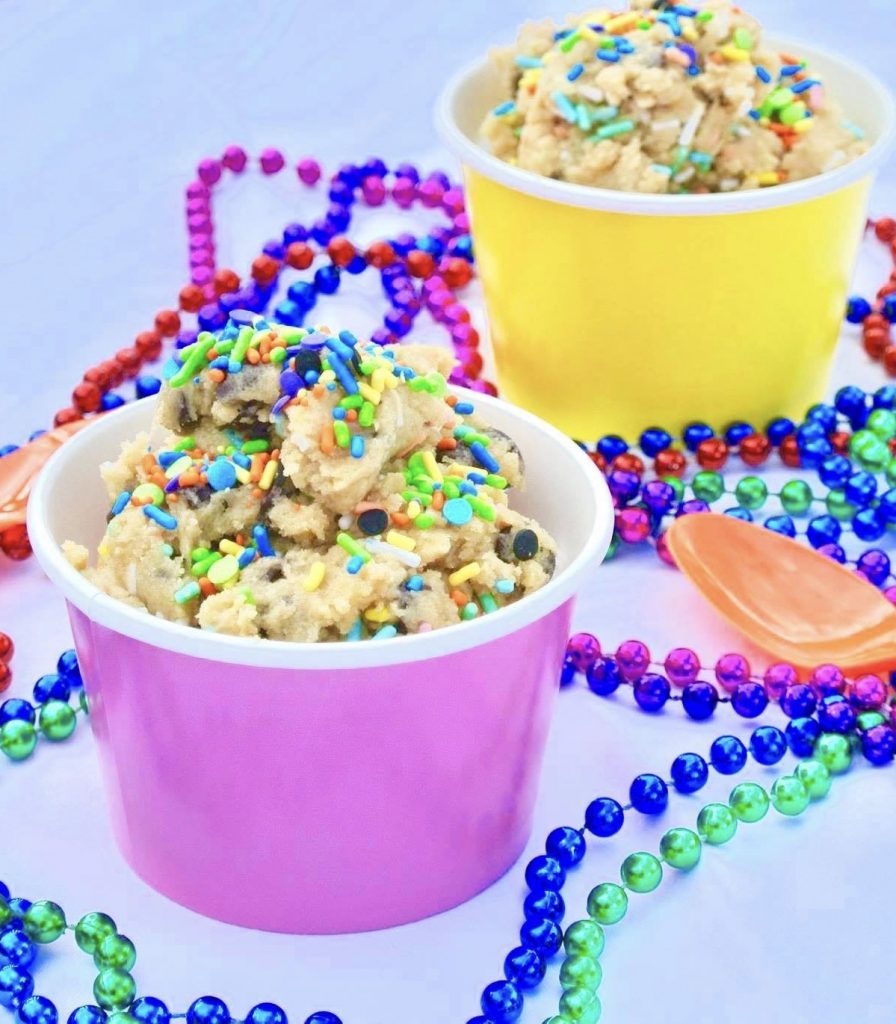
The frozen dessert market is expected to hit $228.54 billion by 2024. This growth is being driven by rising incomes globally and flavor innovation. (Mordor Intelligence)
The top channels to sell frozen desserts are grocery stores (including retail locations like Target and Wal-Mart), convenience stores, and specialty stores like ice cream or froyo shops and cafes. (Mordor Intelligence)
North America is the largest market in the world for ice cream. The United States consumes 91.6% of the overall product. (Grandview Research)
Frozen yogurt continues to be the most popular segment of frozen desserts in the United States. There are an estimated 400 brands that provide different flavors and styles of frozen yogurt to eager consumers. (Grandview Research)
The global frozen dessert market is expected to have a compound annual growth rate (CAGR) of 7% from 2019 – 2023. (MarketWatch)
Nestle, Unilever, and Well Enterprise are the top global companies in the frozen desserts market in terms of sales. Each of these companies continues to innovate with flavor and non-dairy / low-calorie options. (MarketWatch)
The ice cream market within the United States has over 85% household penetration. This signals a very mature industry.
The frozen dessert industry is comprised of the following sub-segments: ice cream, gelato, frozen custard, novelties, sorbet, ice pops and more. (MarketWatch)
Milwaukee is the self-proclaimed “Frozen Custard Capital of the World.” It’s widely reported that Milwaukee has the highest percentage frozen custard shops per capita anywhere in the world. (Chicago Tribune)
Frozen custard has a gross margin of approximately 80%. Growing restaurant chains like Culver’s uses frozen custard vs ice cream as a major product differentiator. (Forbes)
Culver’s sells 59 different flavors of frozen custards. A different flavor is featured on their billboards each day and rotates throughout the year. Chocolate and vanilla can be purchased at all times. (Culver’s)
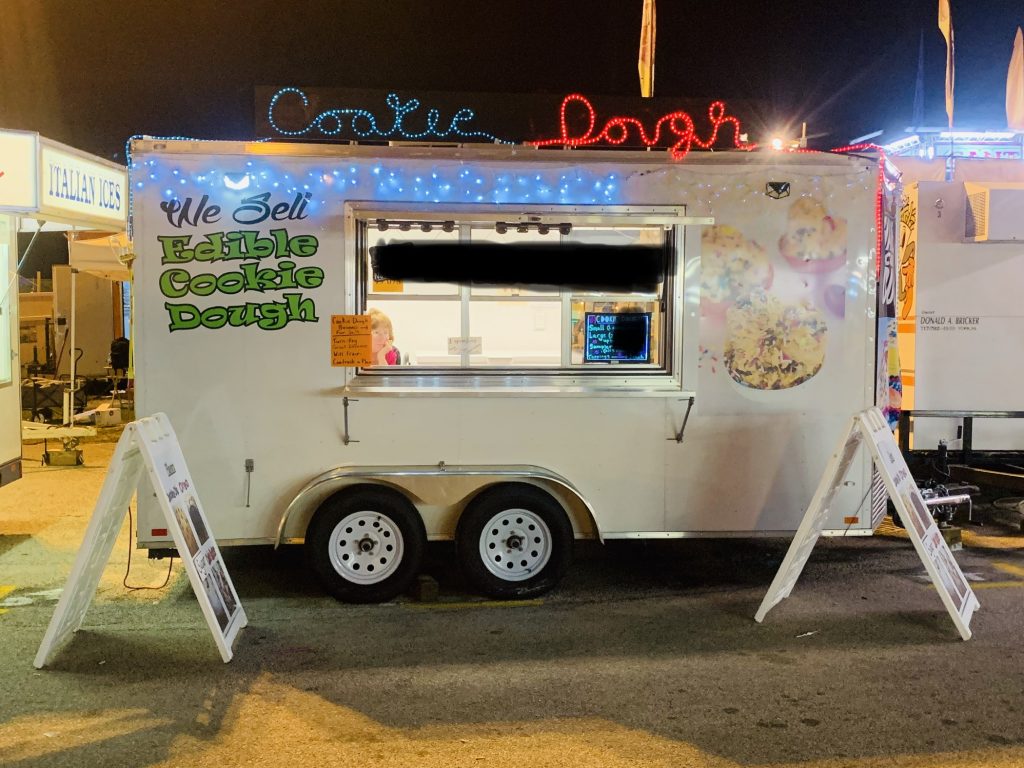
The top five ice cream flavors in the United States is vanilla, chocolate, Cookies N’ Cream, mint chocolate chip, chocolate chip cookie dough. (IDFA)
The average citizen in the United States eats an astounding 23 pounds of ice cream per year. (IDFA)
The top selling ice cream novelty product in the United States are sandwiches, mini cups, ice pops, cones, and bars. (IDFA)
Halo Top, a company that specializes in low-calorie and high-protein ice cream completed an estimated $351 million dollars in sales in 2017 alone. This number is expected to have continued to grow in recent years. (USA Today)
Halo Top is also the best selling ice cream by the pint in U.S. grocery stores. (Food & Wine)
Private label products account for nearly 20% of all frozen dessert sales. (Mavrck)
45% of global consumers attempt to avoid frozen desserts that contain artificial flavors, sweeteners, and preservatives. This is part of a larger trend of consumers being more conscious about the food they eat. (GNT Group)
One in every five consumers want easy to understand ingredient and nutrition facts on clearly displayed on their packaging. (Nielsen)
Yasso is a novelty dessert brand that is now one of the top 15 growing brands in the United States and will hit $100 in revenue before the end of this year. Yasso utilizes Greek-yogurt that is also protein rich as an ingredient differentiator. (PRNewsWire)
The frozen dessert industry is embracing new forms like marketing like influencer marketing. Breyer’s was a category leader in terms of engagement using this form of marketing. (Mavrck)
Ice cream and frozen dessert manufacturing is a top job producing industry in Wisconsin. This industry adds all sorts of jobs to the economy including truck drivers and manufacturing roles. (The MPI Group)
Unilever is an ice cream behemoth and owns 8 of the 15 top selling ice cream brands, including Magnum, Ben & Jerry’s and Cornetto. The company holds about 22% of global market share. (Forbes)
Häagen-Dazs (whose parent company is now General Mills) is credited with creating the premium ice cream category back in the 1960s. (Wikipedia)
Ice cream makers have had to rethink their brands to stay relevant with millennial consumers. In recent years brands like Häagen-Dazs have focused marketing efforts around highlighting the ingredients and care for producing the product. (Business Insider)
Breyer’s sells over $500 million worth of ice cream each year. They are the number one ice cream brand in terms of global sales behind private label. (Statistica)
Ice cream is one of the most lucrative products in the food industry from a cost standpoint. Profit margins can be more than 20% higher than other snack foods like chips or candy. (IBISWorld)
According to a 2016 industry survey of 3,000 adult Americans, 28.3% of men and 26.9% of women stated their favorite brand was Ben & Jerry’s. (Statistica)
The frozen yogurt or froyo market peaked in 2013 in the United States. Consumption has declined annually in recent years. (Euromonitor)
Skinny Cow is the tenth leading novelty ice cream brand in the United States with sales of over $18 million annually. (Statistica)
The Japanese dessert Mochi ice cream is the fastest growing categories in the ice cream market as of 2018. You can find the product just about anywhere ice cream is sold including Walmart and Target. (Food Dive)

The ice cream industry is becoming more fragmented with new competitors and innovators entering the market. The ice cream giant Unilever posted lower than expected growth in 2019 due in part to this competition. (WSJ)
In a recent industry survey, three out of every four consumers preferred eating premium ice cream versus low cost.
The ice cream industry created more than 188,000 jobs annually. (IDFA)
The most popular nut topping to put on ice cream is the pecan. Strawberry is the most popular fruit topping. (IDFA)
The most popular topping for ice cream in the world is chocolate syrup. (IceCream.com)
87% of Americans have ice cream in their freezer at any given time. (IceCream.com)
The State of California produces the most ice cream of any state in the United States. (California Dairy)
The biggest ice cream sundae on record was assembled in 1985 in Anaheim, California. It used 4,667 gallons of ice cream and was 12 feet tall. We can only guess how long it took to melt. (California Dairy)
In 1984, President Ronald Regan designated July as National Ice Cream Month. The third Sunday of each July is national Ice Cream Day. This is a holiday both sides of the aisle can celebrate! (Wikipedia)
It takes about 3 gallons of milk to make one gallon of ice cream.
Novelty ice cream is also sold through vending machines and contributes to the $8 billion dollar per year industry. This is a declining industry. (IBISWorld)
About 9% of all milk produced in the United States is used to make ice cream. (IceCream.com)
The average cow can produce enough milk to make 2 gallons of ice cream per day. Keep those cows happy!
People over the age of 55 eat the most ice cream annually. If you’re over 55, you likely enjoy ice cream 56 times a year. (The Christian Science Monitor)
New Zealand eats the most ice cream per capita of any nation in the world. The United States come in at number two per capita for consumption.
U.S. domestic consumption of sherbet is 262 million pounds annually. (Statistica)
Key Consumer Trends and Analysis

In the podcast today, we speak with Evan Waldt from ICES (the Ice Cream Equipment Specialists) about hottest trends in the frozen dessert space. Evan has a unique ability to be able to identify trends in the frozen dessert and ice cream space that others overlook.
Not only does Evan intimately understand frozen dessert equipment, but attends the major industry events, speaks with business owners, and visits shops across the country that are innovating and pushing the industry forward.
Related Reading: Things to Consider Before Opening a Frozen Yogurt Business
Historically, food or fashion often start on the coast and gradually move to Middle America. But… more and more popular desserts are carried over from other countries, particularly Southeast Asia and Italy.
More often than not, if you pay attention to trends happening outside your market, you can replicate the product that’s performing well in your market to get that first mover advantage. So let’s dive into the latest and greatest ice cream trends.
Trend #1: Paletas and Ice Pops
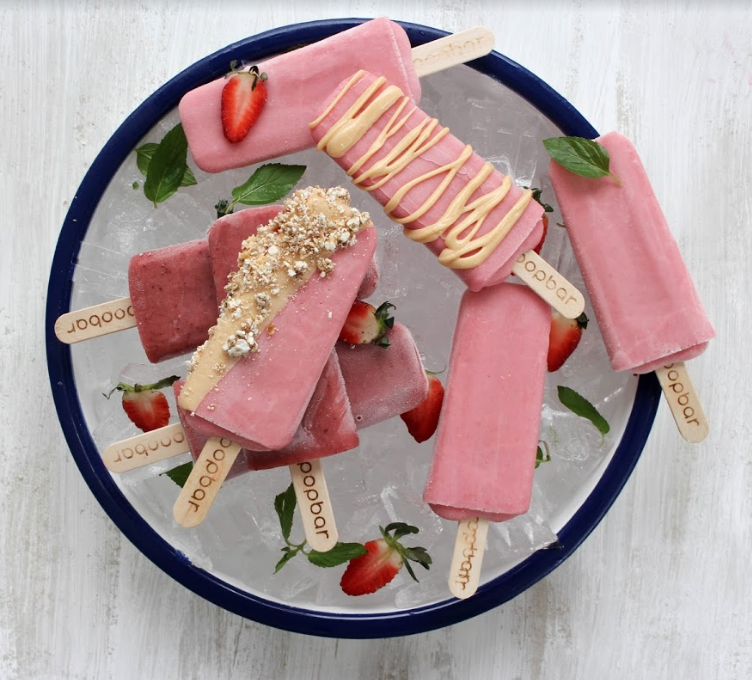
Paletas can be described as Mexican dairy ice cream on a stick. These types of desserts have been popular for decades in Latino neighborhoods, but the product is now increasing more broadly.
Gourmet Ice Pops made from certified organic ingredients is another growing trend on the East Coast of the United States and the South. This is not the KoolAid pop that you dug out of the freezer as a kid. This is often about fresh local fruit and other ingredients.
The ice pops trend is expected to grow in the coming years. Here are a two innovators mentioned in the podcast:
Trend #2: Support Local
In every mid-sized town in the United States you’ll find independent coffee shops that are supported by the community and reflect the tastes and style of the town. This is also happening in the craft brewing mega trend. Whether you’re a visitor or a local, you want to taste the unique flavors of your area.
The popularity of local is also hitting frozen dessert and ice cream shops. Consumers want unique flavors from small producers that you can’t find anywhere else. The consumer has become more sophisticated and educated in recent years and they are actively looking for this type of dessert product.
The big takeaway here is to create a brand that celebrates your local culture. If possible, find ways to integrate toppings and flavors that are distinctly recognizable by your customer.
Trend #3: Non-Dairy and Clean Label

The frozen dessert and dairy industry is always a little bit behind larger food movements. But the demand of clean label and non-dairy ice cream and soft-serve alternatives has grown steadily in recent years.
This is a trend that’s not going away. There used to be a stigma that non-dairy couldn’t taste good. But that believe has been shattered by new chef inspired soft serve shops.
If you own a retail store, you need to offer non-dairy dessert options like oat or almond based ice cream for example. Banana based ice creams are also rising in popularity.
Here are a few businesses that are driving innovation and mentioned during the podcast:
Hakuna Banana – A banana based frozen dessert sold at WholeFoods. The product is also low-fat and Paleo friendly.
Banan Hawaii – Banana’s grown in Hawaii and turned into dairy-free soft serve.
Pregel – Ice cream mix and gelato company based out of Italy. They are creating a lot of new flavors, lactose free options, and toppings like passion fruit seeds that can be placed on a treat.
How to Stay on Top of Changing Trends
If you want to stay on the cutting edge of dessert trends here are some of the specific ways that today’s guest Evan Waldt stays in touch with the fast changing industry.
- NICRA Convention – Annual convention of the National Ice Cream Retailers Association. This is a terrific annual event that will help you stay on top of evolving consumer tastes. Ice cream people helping ice cream people!
- Scoop School – This is a website highly recommended by Evan to understand the industry. This is a fantastic training resource with videos, classes, and other resources. This is one of the best resources on the internet on this topic according to our guest.

